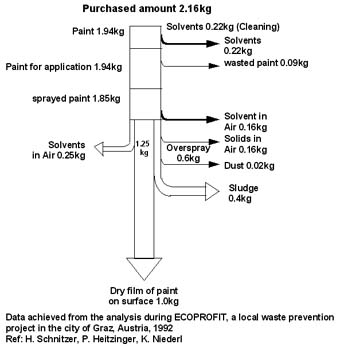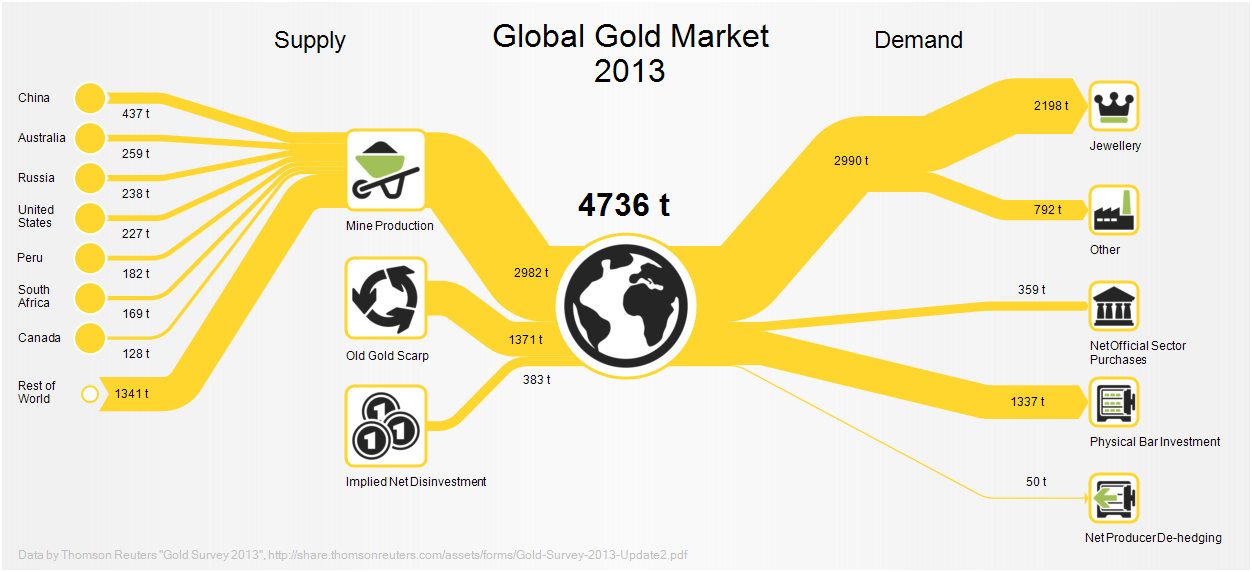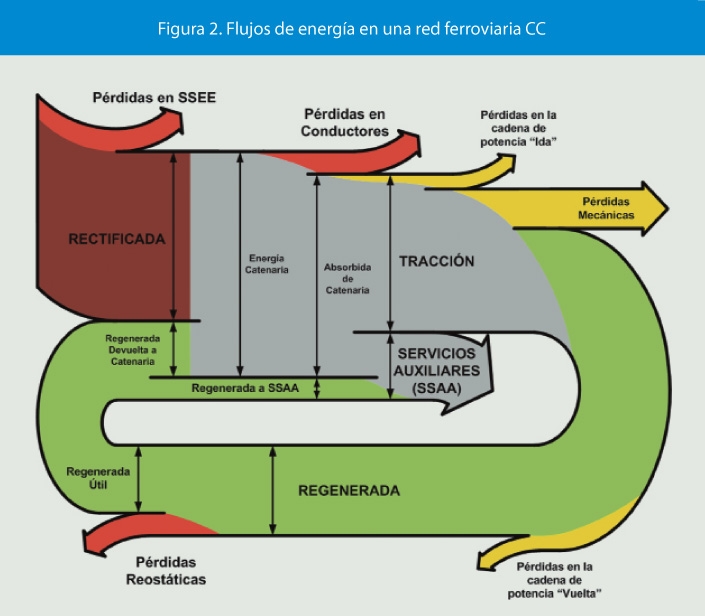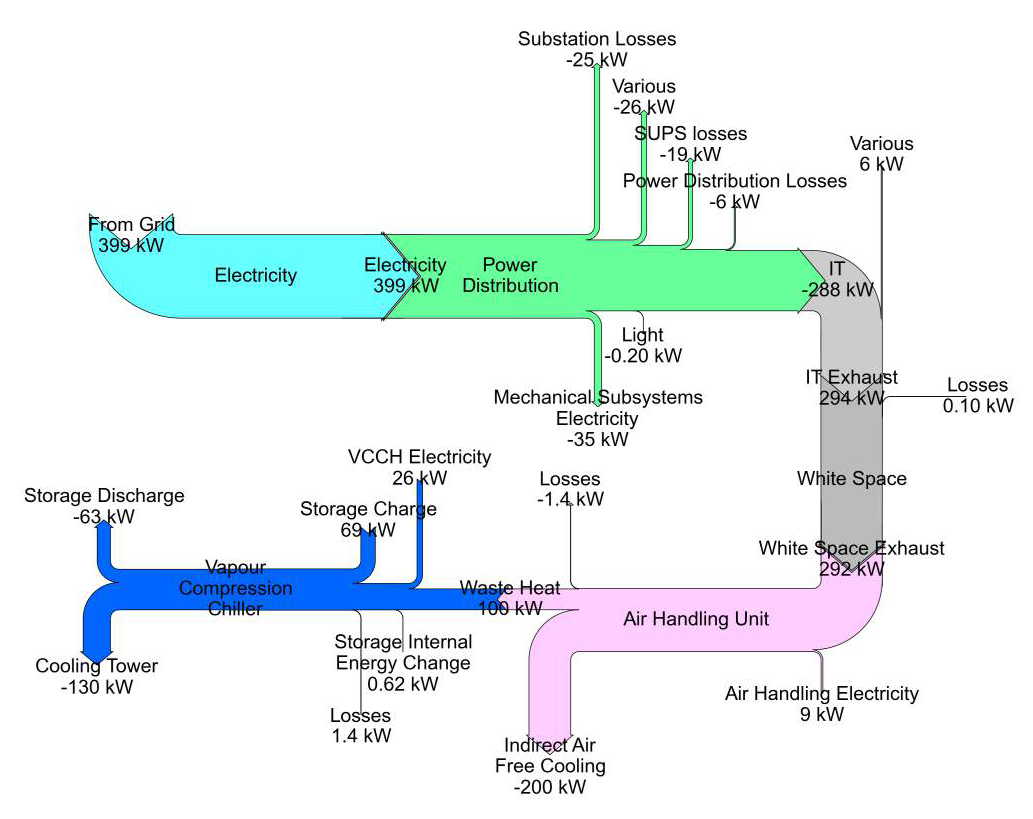This presentation from 2015 by Alicia Valero of the Spanish Research Centre for Energy Resources and Consumption (CIRCE, Zaragoza) is on critical materials, minerals scarcity, recycling and a “thermodynamic cradle-to-cradle approach”.
It features two Sankey-style diagrams depicting the mineral balance of the European Union (UE).
This first one is a Sankey diagram for the mineral balance without fossil fuels (‘Diagrama de Sankey para el balance mineral de la UE sin combustibles fósiles’).
Data is for the year 2011, Flows are shown in tons. Iron and limestone dominate the picture with 77% of the input. Limestone is produced (extracted) mainly within Europe, while iron is mostly imported.
The second Sankey diagram is a scarcity diagram (‘Diagrama de rareza para el balance mineral de la UE sin combustibles fósiles’) and takes into account thermodynamic exergy to obtain (mine) the minerals. Although it depicts aluminium, gold, ion, nickel and the likes, flows are shown in an en(x)ergy unit (Mtoe).
Iron and limestone which seemed to be the most important mass-wise only constitute some 10% of the input. Aluminium and potash seem to be much more difficult to produce. Rare earth elements (REE) are not included in this diagram.
The author points out that it is important to not only look at materials from a mass perspective. Looking at materials availability taking into account thermodynamic exergy paints a different picture of the real cost and scarcity.
For those interested, please check out the presentation (in Spanish) here.



